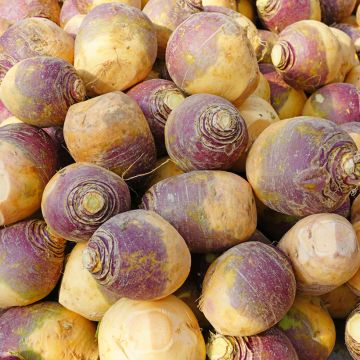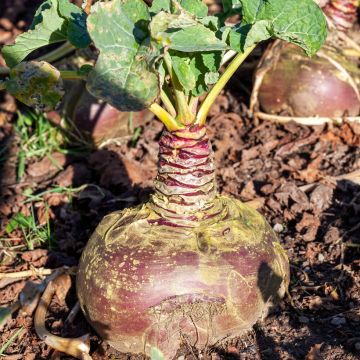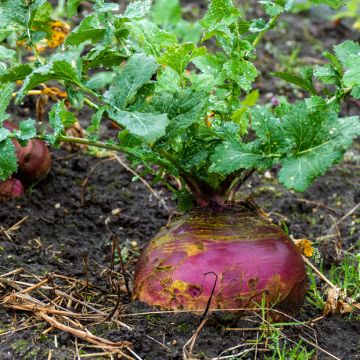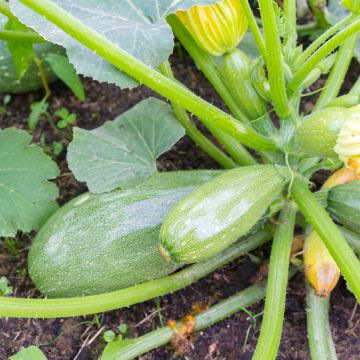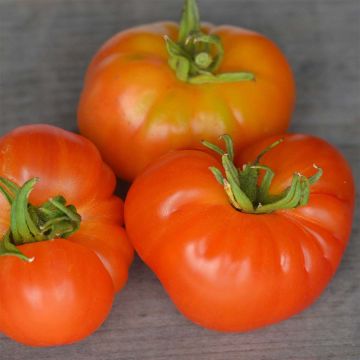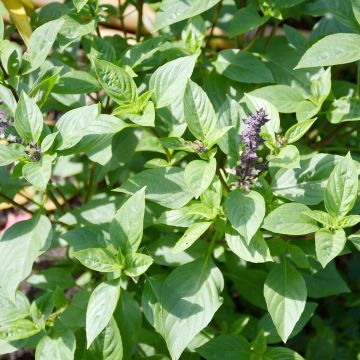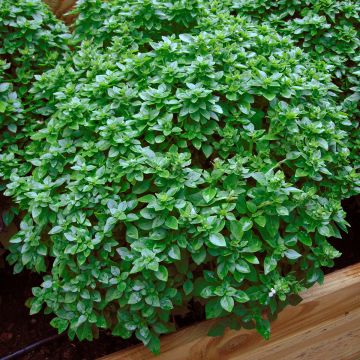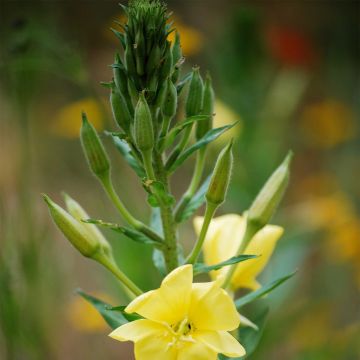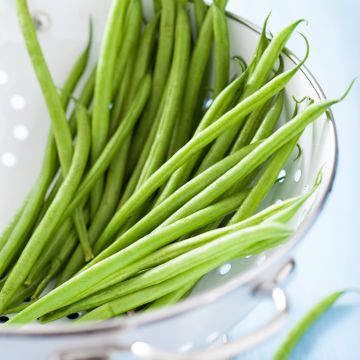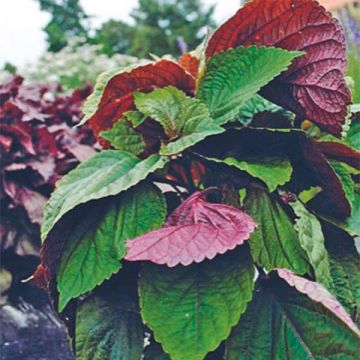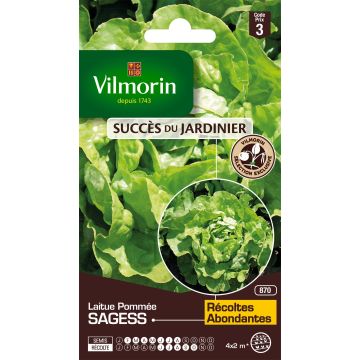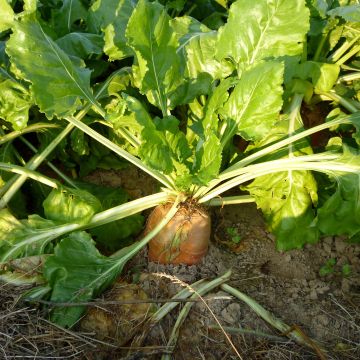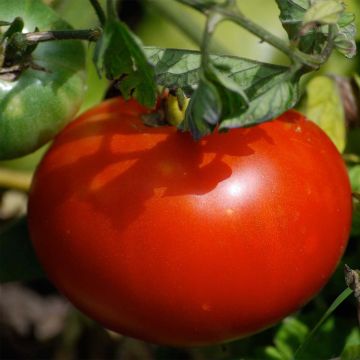

Wilhemsburger Rapeseed (with green neck) - Vilmorin seeds - Brassica napus
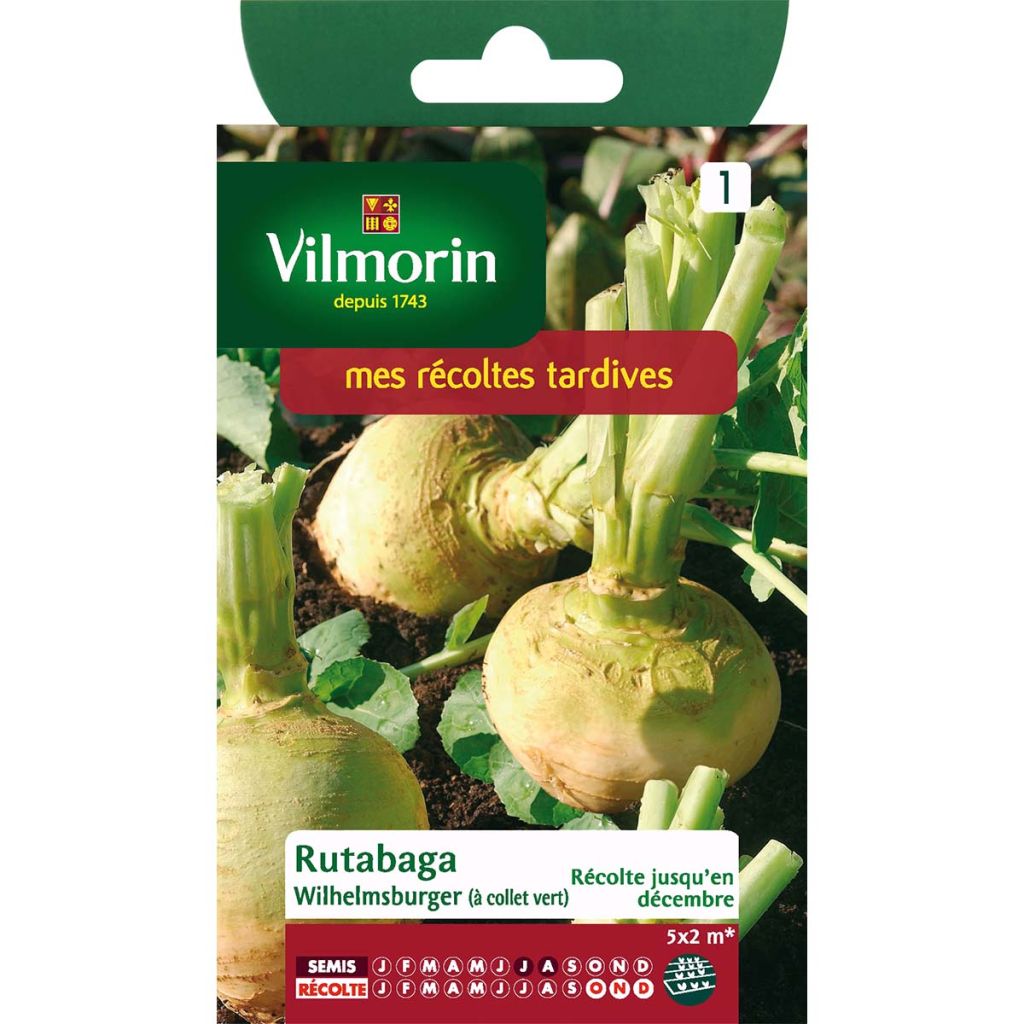

Wilhemsburger Rapeseed (with green neck) - Vilmorin seeds - Brassica napus
Wilhemsburger Rapeseed (with green neck) - Vilmorin seeds - Brassica napus
Brassica napus Wilhemsburger
Rapeseed, Oilseed Rape, Canola
According to my order
Bruno PHILIPPE, 10/06/2016
Why not try an alternative variety in stock?
View all →This plant carries a 6 months recovery warranty
More information
We guarantee the quality of our plants for a full growing cycle, and will replace at our expense any plant that fails to recover under normal climatic and planting conditions.
Seed-only orders are dispatched by sealed envelope. The delivery charge for seed-only orders is €3.90.
Delivery to Corse prohibited: UE law prohibits the import of this plant from mainland France to Corse as part of the fight against Xylella fastidiosa. Please accept our sincere apologies.
More information
Description
Brassica napus Wilhemsburger is a variety that forms large swedes with a green collar and white flesh. This variety is hardy and particularly productive. It is a forgotten autumn and winter vegetable that is easily grown and worth rediscovering! Sow from June to August for a harvest from October to December.
Brassica napus Wilhemsburger, also known as Swedish turnip, is a root vegetable native to Northern Europe that belongs to the Brassicaceae family. It is the result of cross-breeding between cabbage and turnip and has the Latin name Brassica napus. It is grown as a vegetable or fodder plant, for the white or yellow root it forms, similar to turnips.
Kept away from our plates for decades because it reminded too much of war and its restrictions, this vegetable is easy to grow and thrives in cold and humid climates.
It has high nutritional value and a flavour similar to that of potatoes and radishes. It is usually consumed cooked, in soups, mashed, gratins and even caramelised fries. Raw and grated, it can be used in salads with carrots. From a dietary point of view, Brassica napus is very interesting: it is quite calorie-dense and contains a lot of potassium, calcium, and phosphorus. It is known to be digestive, even slightly laxative. It is an excellent autumn and winter vegetable.
In the vegetable garden, Brassica napus Wilhemsburger has similar requirements to other cabbages, but to a lesser extent: it needs sun, deep and well-drained soil, good organic matter, and regular moisture. It should be noted that this variety can also tolerate ordinary soil.
Harvest: It can be harvested by simply pulling out the root when it has reached ripeness.
Storage: It stores very well in the ground (provided it is well-drained) or in a cellar. You can keep it in the refrigerator for several days or even weeks, and several months in the freezer after blanching it for a few minutes in salted boiling water.
Gardener's tip: To limit watering, we recommend mulching the soil with thin successive layers of grass clippings, preferably mixed with dead leaves, once the plants are well developed. This protective layer helps retain moisture in the soil, reduces weed growth, and acts as thermal insulation against the coldest temperatures.
Report an error about the product description
Harvest
Plant habit
Foliage
Botanical data
Brassica
napus
Wilhemsburger
Brassicaceae
Rapeseed, Oilseed Rape, Canola
Cultivar or hybrid
Annual
Other Swede
Planting and care
Sowing:
The germination temperature of Brassica napus Wilhemsburger is around 12°C (53.6°F) and takes about 14 days.
Sowing period: from June to August
Harvest period: from October to December
You can either sow the seeds directly in the ground or prepare young plants that will later be planted in their final position in the garden.
Preparing young plants: Under shelter or in a nursery in the garden for the rest of the year (according to the recommended sowing period), sow the seeds at a depth of 1 to 2 cm (0.5 to 1in) in a good seed compost or fine soil. Cover lightly with compost and remember to keep the substrate moist but not waterlogged.
When the young plants appear strong enough to handle, transplant them into pots if necessary before planting them in the garden, when there is no longer any risk of frost. When planting, respect the recommended spacing for direct sowing.
Direct sowing: In properly amended and finely worked soil, create furrows with a depth of 1-2cm, spaced 30 cm (12 inches) apart. Sow the seeds and cover them with a thin layer of fine soil. When the seedlings are well developed, thin them out, leaving one plant every 15 cm (6 inches).
Cultivation:
Brassica napus Wilhemsburger should be grown in full sun. It is a fairly demanding vegetable that requires well-fertilised soil. It is advisable to incorporate a good addition of mature compost (about 3/4 kg per m2), by scratching it into the soil to a depth of 5 cm (2in), a few months before planting, after having loosened the soil, as with any vegetable crop.
Once in place, this swede requires practically no care except for occasional weeding if necessary.
Seedlings
Care
Intended location
-
, onOrder confirmed
Reply from on Promesse de fleurs
Vegetable seeds
Haven't found what you were looking for?
Hardiness is the lowest winter temperature a plant can endure without suffering serious damage or even dying. However, hardiness is affected by location (a sheltered area, such as a patio), protection (winter cover) and soil type (hardiness is improved by well-drained soil).

Photo Sharing Terms & Conditions
In order to encourage gardeners to interact and share their experiences, Promesse de fleurs offers various media enabling content to be uploaded onto its Site - in particular via the ‘Photo sharing’ module.
The User agrees to refrain from:
- Posting any content that is illegal, prejudicial, insulting, racist, inciteful to hatred, revisionist, contrary to public decency, that infringes on privacy or on the privacy rights of third parties, in particular the publicity rights of persons and goods, intellectual property rights, or the right to privacy.
- Submitting content on behalf of a third party;
- Impersonate the identity of a third party and/or publish any personal information about a third party;
In general, the User undertakes to refrain from any unethical behaviour.
All Content (in particular text, comments, files, images, photos, videos, creative works, etc.), which may be subject to property or intellectual property rights, image or other private rights, shall remain the property of the User, subject to the limited rights granted by the terms of the licence granted by Promesse de fleurs as stated below. Users are at liberty to publish or not to publish such Content on the Site, notably via the ‘Photo Sharing’ facility, and accept that this Content shall be made public and freely accessible, notably on the Internet.
Users further acknowledge, undertake to have ,and guarantee that they hold all necessary rights and permissions to publish such material on the Site, in particular with regard to the legislation in force pertaining to any privacy, property, intellectual property, image, or contractual rights, or rights of any other nature. By publishing such Content on the Site, Users acknowledge accepting full liability as publishers of the Content within the meaning of the law, and grant Promesse de fleurs, free of charge, an inclusive, worldwide licence for the said Content for the entire duration of its publication, including all reproduction, representation, up/downloading, displaying, performing, transmission, and storage rights.
Users also grant permission for their name to be linked to the Content and accept that this link may not always be made available.
By engaging in posting material, Users consent to their Content becoming automatically accessible on the Internet, in particular on other sites and/or blogs and/or web pages of the Promesse de fleurs site, including in particular social pages and the Promesse de fleurs catalogue.
Users may secure the removal of entrusted content free of charge by issuing a simple request via our contact form.
The flowering period indicated on our website applies to countries and regions located in USDA zone 8 (France, the United Kingdom, Ireland, the Netherlands, etc.)
It will vary according to where you live:
- In zones 9 to 10 (Italy, Spain, Greece, etc.), flowering will occur about 2 to 4 weeks earlier.
- In zones 6 to 7 (Germany, Poland, Slovenia, and lower mountainous regions), flowering will be delayed by 2 to 3 weeks.
- In zone 5 (Central Europe, Scandinavia), blooming will be delayed by 3 to 5 weeks.
In temperate climates, pruning of spring-flowering shrubs (forsythia, spireas, etc.) should be done just after flowering.
Pruning of summer-flowering shrubs (Indian Lilac, Perovskia, etc.) can be done in winter or spring.
In cold regions as well as with frost-sensitive plants, avoid pruning too early when severe frosts may still occur.
The planting period indicated on our website applies to countries and regions located in USDA zone 8 (France, United Kingdom, Ireland, Netherlands).
It will vary according to where you live:
- In Mediterranean zones (Marseille, Madrid, Milan, etc.), autumn and winter are the best planting periods.
- In continental zones (Strasbourg, Munich, Vienna, etc.), delay planting by 2 to 3 weeks in spring and bring it forward by 2 to 4 weeks in autumn.
- In mountainous regions (the Alps, Pyrenees, Carpathians, etc.), it is best to plant in late spring (May-June) or late summer (August-September).
The harvesting period indicated on our website applies to countries and regions in USDA zone 8 (France, England, Ireland, the Netherlands).
In colder areas (Scandinavia, Poland, Austria...) fruit and vegetable harvests are likely to be delayed by 3-4 weeks.
In warmer areas (Italy, Spain, Greece, etc.), harvesting will probably take place earlier, depending on weather conditions.
The sowing periods indicated on our website apply to countries and regions within USDA Zone 8 (France, UK, Ireland, Netherlands).
In colder areas (Scandinavia, Poland, Austria...), delay any outdoor sowing by 3-4 weeks, or sow under glass.
In warmer climes (Italy, Spain, Greece, etc.), bring outdoor sowing forward by a few weeks.

































